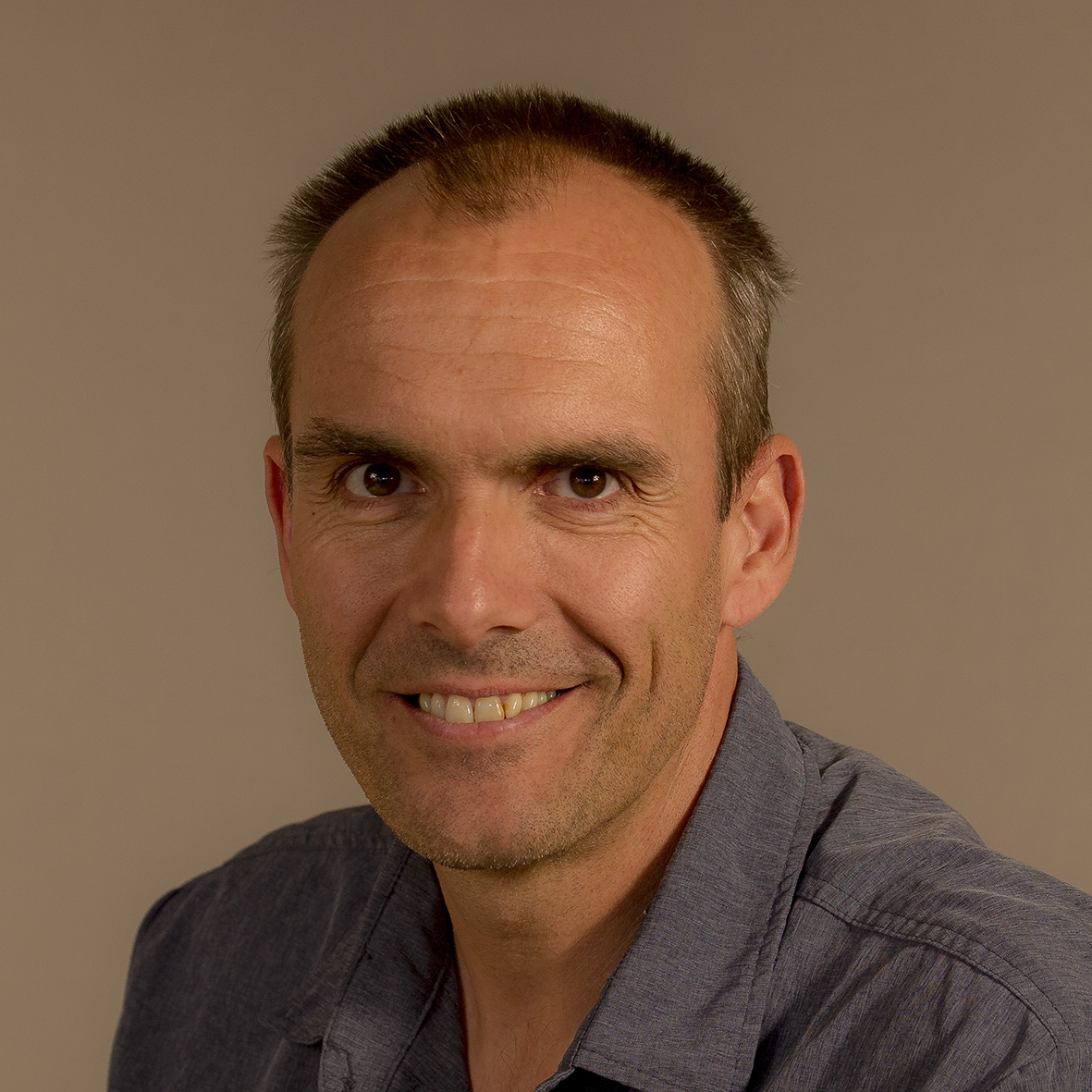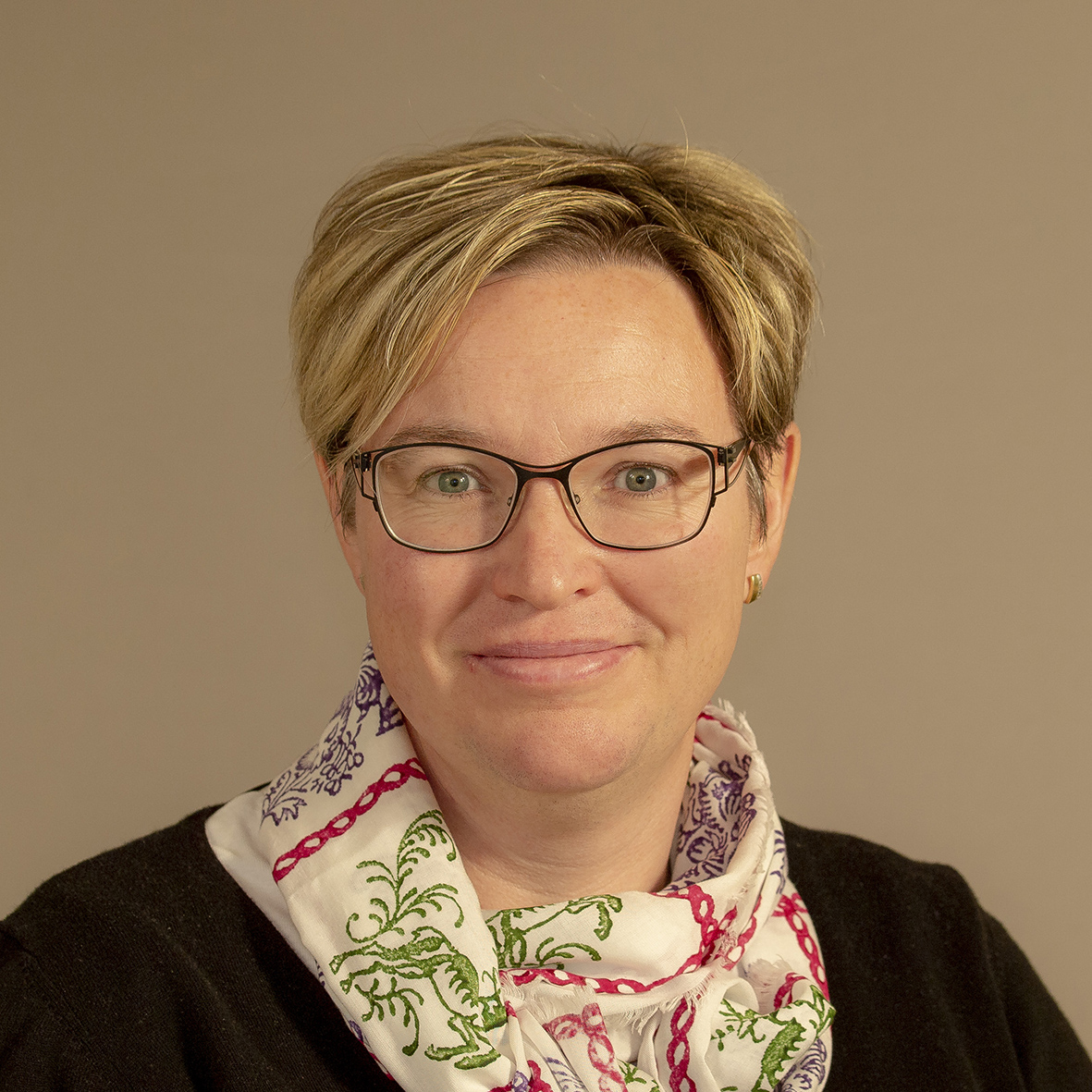Insight into pulp production and the art of brewing: 2UR excursion to Zellstoff Pöls AG and Murauer brewery
On June 5, 2024, the 2UR (environmental and resource management) class of the HBLFA Raumberg-Gumpenstein went on a trip to Zellstoff Pöls AG and the Murauer brewery.
Pulp Pöls AG
Our day began with a very interesting tour through the various sectors of the Pöls pulp factory .
After a short introduction to a wide variety of products such as the bleached long-fiber sulfate pulp ORION and the bleached kraft paper STARKRAFT , we were also informed about the latest environmental standards such as the aim of transferring a wide variety of transports to the railways and about the wide range of career opportunities. We were then led around the Heinzel Pöls grounds by our tour guide. Starting with the delivery of the wood, continuing with debarking and shredding to the finished STARKRAFT kraft paper, we were able to gain many insights into the production of paper and pulp . In addition to the exciting facts about paper and pulp production that our guide had given us on our tour, we were then able to inspect the remarkable wastewater treatment plant .
Finally, we ended our tour on the roof of the factory to get another comprehensive overview.
Premium pulp ORION:
Heinzel Pöls produces around 460,000 tonnes of bleached sulphate pulp . It is mainly used for graphic papers, packaging, hygiene and special papers. In addition to Austria, the main sales markets include Italy, Slovenia, France and Germany, as well as many other EU member states.
Kraft paper STRONG:
STARKRAFT is a leading supplier of high-quality kraft paper. To enable this extensive production, Heinzel Pöls has the largest and most modern paper machines in Europe. Up to 1,200m of paper can be produced per minute. STARKRAFT is used primarily in the areas of food packaging and all medical packaging materials.
Murauer Brewery
After a hearty lunch at the “Brauhaus zu Murau” inn, we went to the Murau brewery. After a nice reception, the tour began, and we were divided into two groups.
At the beginning it was about the individual components of the beer and the very interesting history of the brewery . We then found out that they have 4 sources of their own from which they get their water. The hops are also responsible for the bitterness of the beer. The malt is for flavor and the yeast is for fermentation. Of course, the production of barley malt was not forgotten.
First the barley is soaked, then it is allowed to germinate and then dried, then roasted according to preference, with roasting being responsible for the color of the beer (dark, light or stout) and the associated taste. Beer also consists of 90 percent water and this should be very soft. Graphics were then used to explain to us how beer is made and how and when the individual ingredients are used.
That was very interesting and so we went to the show brewery . The kraft beers are made there. That means beers made by hand in kettles that are a fraction of the size of normal ones. Afterwards we went to the museum . There were relics such as beer barrels, old cooling systems, semi-automatic bottle washers, crank-driven bottle washers and an old filtering machine. There was always an exciting story to accompany the individual displays, where you learned more about the history of beer. Afterwards we went to a beautifully prepared show fountain, from which they use water every day for production. Afterwards we went quickly up, where we were able to smell and then taste the different flavors of the beers. You could see clear differences between the different roasting levels.
We then went on to the ecology room sustainability of the business was further explained
to us using a 3D film From the reuse of the bottles to the awards they have received for it, their beer production is CO2-neutral and they pay strict attention to Austrian ingredients. Then we came to the kettles in which the individual ingredients meet. These are made of copper and therefore they must be kept very clean so that they do not oxidize. So the tour was over and we were now able to practically apply what we had learned to the beer tasting. We were introduced to all kinds of products, all of which had their own taste. Not just beers, but also many non-alcoholic drinks such as Murelli, non-alcoholic beer or table water.
Since the staff, who are very ambitious and knowledgeable, gave us a really exciting and informative journey through the brewery, I think the show brewery is highly recommended.




















